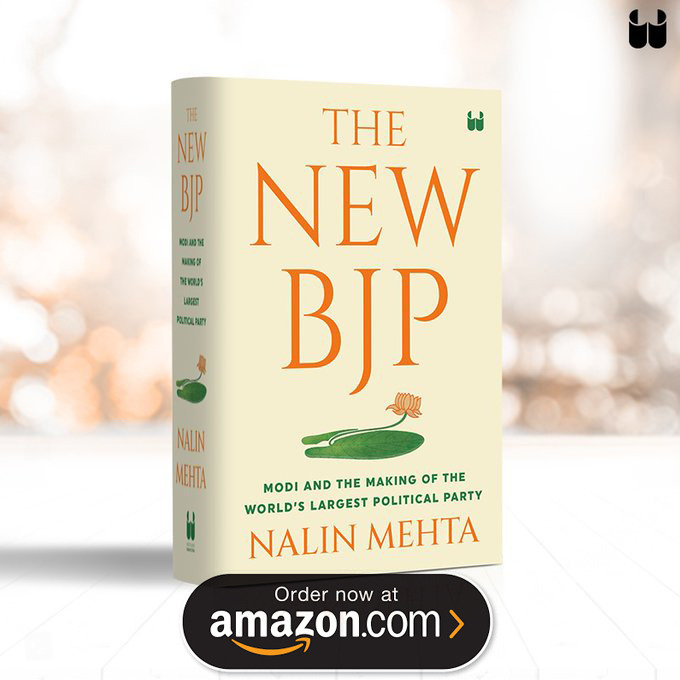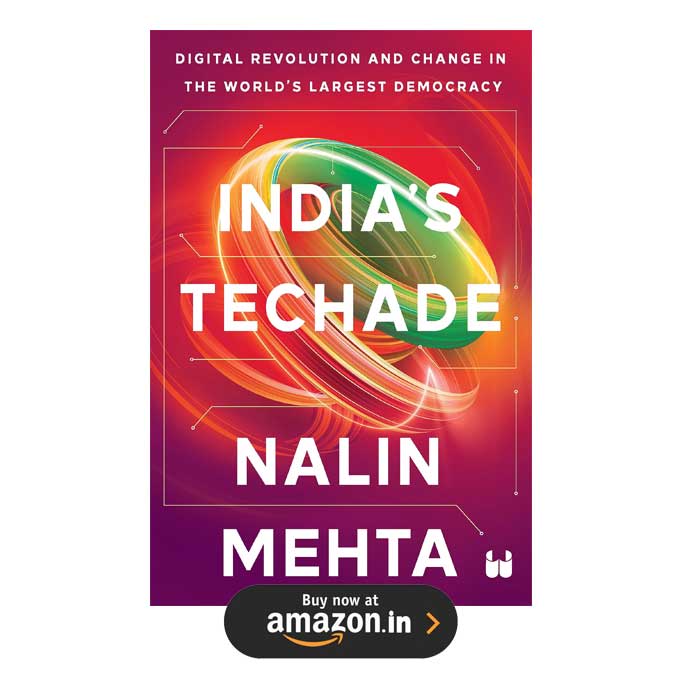At a time when the Army is being accused of a gender bias in denying permanent commissions to women officers, two stories have symbolised the debate this week: Major Mitali Madhusmita becoming the first Indian woman soldier awarded a gallantry award (Sena Medal) for saving lives after the bombing of the Indian embassy in Kabul and, on the other hand, the Army’s continuing resistance to a Delhi High Court order not to retire women after 14 years of service.
The only reason the Army is not in contempt of court is because it asked the Supreme Court for time to review the issue but it has since continued to forcibly retire women officers in the interim, forcing the Supreme Court to step in and stay such discharges.
Militaries all over the world are generally conservative in their outlook and there is an interesting parallel to the Army’s obduracy here with the US military.
The US Army had enlisted women since World War II but until the 1970s, they were made to serve in a separate Corps, were never put in combat roles and immediately discharged if they got pregnant, became a parent or assumed custody of a minor.
From the late-1960s though, the US Army came under increasing pressure from the rising tide of the feminist movement which gained support from politicians hoping to cash in on the women’s vote.
Under fire from equal rights groups, the US military too resisted change on the grounds of national security and the special rigours of military service.
This was best exemplified by an internal memo in 1975 by the Secretary of the Army, Howard Callaway:
“I am concerned that we are overreacting to special interest social pressures and are failing to recognize Army defense requirements,” he railed. “Military service requires a service member (male or female) to be able to move without notice, to be prepared to work long and irregular hours without relief in order to meet unit mission requirements, and to live under adverse conditions.
These work conditions are not suited for advanced stages of pregnancy nor for the care of minor dependents.”
The basic tone of this sentiment is not too dissimilar from the widely publicised comment in 2006 by the then Army Vice Chief that comfort level with the women officers was low and the Indian Army could well do without them.
Lt Gen Pattabhiraman later apologised for his ill-considered remarks but at its heart, this is the key issue: a basic resistance to change by an officer cadre steeped in a conservative mindset.
Despite the winds of change in recent years, at some level, the Army’s organisational culture still has at its core an older colonial value system where men and women are assigned very distinct roles within a strict social hierarchy.
Even up to the late-1990s, officers with wives who worked in other cities were looked down upon in many regiments since the proper place of wives was to assist their husbands in regimental welfare activities.
That has now changed of course but the memsahib culture still remains an inherent part of Army society. Little wonder then that equality for women officers threatens to break down long-held beliefs.
Look at what has happened. Women have always served in the medical and nursing services but since 1992, they have been allowed to enlist as Short Service Commission officers in other arms for up to a maximum of 14 years.
Then in 2008 the Ministry of Defence agreed to provide permanent commissions to those serving with the Judge Advocate General and the Education Corps in the Army; to those in the Accounts Branch in the Air Force and the Naval Constructor in the Navy.
This was both a forward and a regressive move. Forward, because it recognised the claim for women’s equality but regressive because it only recognised it for women in these specific categories.
Women serving in other arms were left in the lurch. The Air Force, for instance, has women helicopter pilots and the Army has women serving in Air Defence Artillery, the Supply Corps, Ordnance and others arms as well. Why couldn’t they be given the option of a permanent job as well?
The only argument against women serving in the defence forces is an old misogynist one that wrongly sees women as basically unfit for this kind of work and a smaller more practical one that foresees practical problems in gender-mixing (such as the lack of gender-appropriate amenities and facilities).
But that argument was resolved in 1992 when women were first brought in, against huge opposition.
Now, if the 2000 or so women officers currently in the defence forces can serve successfully for 14 years in some parts of the war machine, there is absolutely no reason why they cannot in others as well and for longer than 14 years.
The current policy smacks of gender bias, as Major Seema Singh has recently argued in the Supreme Court.
After the High Court order last year, the Air Force agreed to provide permanent commissions but the Army is still dithering and waiting for a high-level committee’s report.
For an Army suffering from an officer shortage, this is a sheer waste of time and there is no excuse but to embrace the wider social changes engulfing India.
The US Army reluctantly did it in the 1970s and realised that women made it a better force. The sooner our generals realise it, the better.

